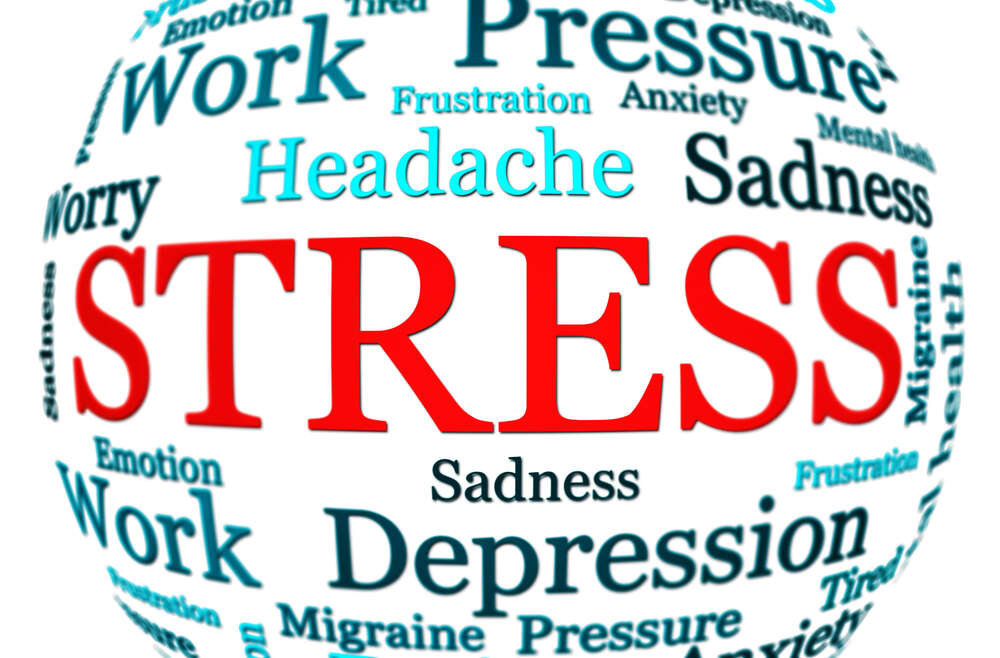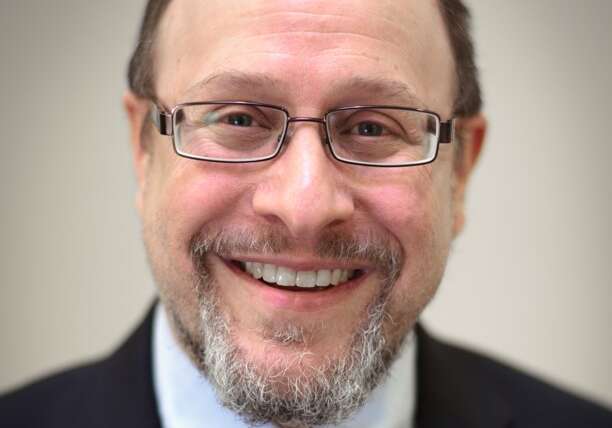Shir Hadash offers the following psychological guidelines to support ourselves and others in this time of crisis:
People have been feeling a wide range of emotions since the Hamas massacre on October 7th and the following war: sadness, anger, despair, fear, inspiration, uplift, pride; and many have wondered about personal and communal trauma that is perhaps resulting from this crisis.
What is trauma?
Trauma is the body and brain’s reaction to a crisis. A lot of research has been conducted with veterans to illustrate that to understand trauma we need to understand the crisis that triggers the trauma. In crisis the human body and the brain seeks three things: security, stability and survival. The main questions we ask ourselves are: Is it safe? Is there food? Shelter? Clothing? Electricity? Transportation? Communication? And perhaps most importantly– where is the danger? And is it over?
Because the crisis which began on October 7th is not yet over, Israelis, and perhaps Jews worldwide, are trying to cope with trauma while still being in the midst of the crisis.
Can we avoid being traumatized by this prolonged state of crisis? We likely cannot avoid trauma entirely, but we can all take steps to reduce our trauma—take it down from say a level 10 sense of trauma to a level 5. We may all be affected by this crisis, but we can develop principles of managing and we can show up better for those around us, and especially those who are dependent on us. We need to understand how we can protect ourselves and help ourselves and those around us cope in these challenging times.
What happens in a state of trauma? The brain’s resources get diverted to focus on survival: we begin to practice hypervigilance – the state of “always being on.” Trauma often registers in the body before it hits the conscious mind—we feel tense in specific parts of our body, shortness of breath or other physical symptoms. These defense mechanisms take a toll.
What can we do? First of all, we should not judge ourselves or others in terms of how we or others are responding to this crisis. Second, we should learn to notice how trauma is felt in our body. Pay attention, and recognize the feeling– it has an important message. Then we need to give our brain the message that we are in fact not in danger. This may be the single most important thing you can ever do to reduce trauma– show the brain that it is not in danger.
Looking at Maslow’s hierarchy of needs as a heuristic can help us understand a three-step process that can assist us in this work of mitigating our own trauma. First, we need to put out the fire. This step could be assisted by disconnecting from the news to a certain degree—not bombarding our brains and our hearts with the abundance of information on the crisis (corresponding to the first 2 levels of physiological and safety needs in the pyramid). Our brain was not designed for the internet age. We need to check that we are not overwhelming ourselves with too much news. Most of us do not need to know every detail of the war and it is not always beneficial for our mental health. It’s a delicate balance learning what is the right amount for ourselves, but an important issue to focus on. Also, we should work on checking that we are eating, sleeping and exercising to take care of our physical wellbeing and behavioral health. Next after we have established a certain degree of stability and control, and basic needs are met, then we can move on to the second step of how we can treat the wounds, how can I help myself and others around me. This includes self-care—engaging in enjoyable activities such as appreciating art or enjoying nature as well as showing up for others in small ways—being a listening ear and normalizing any and all emotional responses in those around us. A key in this step is not to be alone, to reach out and connect to people who are good to you and for you and share. Articulating what we are feeling helps us shift the activity of the brain from the amygdala to the prefrontal cortex. As Mr. Rogers used to say: “if you can mention it, you can manage it.” Then the third and final step is how can we make meaning from these experiences (the final self-actualization peak of the pyramid). For some this could relate to artistic expression—drawing, painting, playing music, dancing or writing. For others religious activities can play an important role in terms of study, prayer or practicing good deeds. A key here is moving from passive to active roles– choosing activities we can engage in that are meaningful to us and perhaps also helpful to others.
It is important to remember not to jump to step three without having worked on stages one and two first. We need to acknowledge and be in the emotions we are feeling—without judging or even fully processing them at first. We also need to set reasonable expectations and understand that we are not going to function at the optimal level while we are going through this crisis. Everyone can find specific tools that work for them like diaphragmatic/belly/paced breathing, progressive muscle relaxation, therapy and reinforcing social connections.
To sum up, we can only protect ourselves from trauma if we first take care of our physical health to allow ourselves to maintain our strength in this difficult time. We should try to come up with a routine that works for us—this gives us a sense of safety, security and stability that can be very helpful in this period. Second, being there for others in this period, just checking in or reaching out to friends or relatives, can be so helpful for you and for them. Only after addressing physical and social needs can we get to the third step of meaning making through being part of relief efforts and drawing strength from the incredible hesed and unity that is currently being practiced in Israel and in communities around the world.



